Original title: GUA PARA LA CREACIN DE DIAGRAMAS MENTALES
Claudio Aros, 2006
Editorial Ocano, SL (Barcelona, Spain)
Illustrations: Paula Leiva
Images: Oceano Ambar archive
All rights reserved. No part of this publication may be reproduced or stored in a retrieval system or transmitted in any form or by any means, whether electronic, mechanical, photocopying, recording or other kind, without the prior permission in writing by the owners.
English translation 2015 by Skyhorse Publishing
All rights reserved. No part of this book may be reproduced in any manner without the express written consent of the publisher, except in the case of brief excerpts in critical reviews or articles. All inquiries should be addressed to Skyhorse Publishing, 307 West 36th Street, 11th Floor, New York, NY 10018.
Skyhorse Publishing books may be purchased in bulk at special discounts for sales promotion, corporate gifts, fund-raising, or educational purposes. Special editions can also be created to specifications. For details, contact the Special Sales Department, Skyhorse Publishing, 307 West 36th Street, 11th Floor, New York, NY 10018 or .
Skyhorse and Skyhorse Publishing are registered trademarks of Skyhorse Publishing, Inc., a Delaware corporation.
Visit our website at www.skyhorsepublishing.com.
10 9 8 7 6 5 4 3 2 1
Library of Congress Cataloging-in-Publication Data is available on file.
Cover design by Qualcom Designs
Cover photo credit Thinkstock
ISBN: 978-1-63220-328-1
Ebook ISBN: 978-1-63220-861-3
Printed in China
Contents
1 Introduction:
The wonderful world of mental diagrams
2 Anatomy of our minds:
Two brains are better than one
3 Processes of the right hemisphere:
The power of visualization
4 Processes of the right hemisphere:
Rediscovering the world
5 Processes of the left hemisphere:
The universe of words
6 Architecture of the brain:
Idea association
7 Naturalistic intelligence:
Classifications
8 Mental diagrams methodology:
The orange

1 Introduction:
The wonderful world of mental diagrams






 School days
School days
I remember that when I was a college student I overheard one mother tell another how her son was putting forth a lot of effort in studying and yet he was barely getting by in school. Obviously, the conversation got my attention because my case was very similar: I put in a lot of effort and got little result. The distraught mother painfully explained that every afternoon her son would return home after spending all day in school and then proceeded to spend five or six hours (or even nights, she said) studying. The woman said there were pages and pages of very neat notes. I thought it was strange that he had very neat notes, and I came to the conclusion that the poor guy spent his afternoons rewriting the notes he took in the morning. Spending hours and hours rewriting notes neatly is arduous and exhausting. Instead of spending valuable time studying, he was rewriting notes, which was no guarantee for good grades.
At that moment I did some soul-searching. At least that guy had neat notes, but I... you could say that I had something resembling notes. What exactly did I have? A series of incomplete papers written in unintelligible script (which I still have) with rivers of runaway words. In fact, to be honest, I never reviewed them because I did not think they were very reliable. To me they were silent enemies that did not want to make things easier for me. Our relationship was such that they did not understand me and I did not understand them. To understand this mystery, I will explain in a few words how I spent my time in the classroom on any given day: we sat down, the professor talked for an hour, we wrote everything he said, and an hour later the class ended with us murmuring and looking very tired. Multiply this by eight daily classes and by six years, and you will get a pretty good picture of what it took me to earn a university degree. Personally, after a day like that, I was left with a stiff hand, and the last thing that would ever cross my mind would be to spend my evenings rewriting my messy notes.
 Preliminary findings based on my notes
Preliminary findings based on my notes
In a quest to find a solution to my problem I decided to look into what was wrong with my despised notes. After an in-depth investigation, I came to four basic conclusions:
1st conclusion. There were no clear ideas
When jotting down directly what the teacher said, I did not grasp the main idea nor did I know where he was going with his lecture. Those ideas were present, but they were buried in an ocean of words. Trying to find the main ideas was archeological work and often the results were fruitless or I came to erroneous conclusions. The sea of words obscured the main idea.
2nd conclusion. Every page looked the same
I also discovered that if the pages were not numbered, it was very easy to confuse them with each other since they were very similar. Imagine facing a lot of garbled words and spotty pages all written with the same ink: it is scary. I remember I eagerly tried to defeat those notes and wrestle the main ideas, but I almost always lost out to their hypnotic effect. Yes, while reading all those pages that were so similar and had so little meaning I would go into a kind of trance, so that when I got to the third page I realized that I was still automatically reading without comprehending. In those moments, I stopped to make myself tea and start the second part of the battle, but when I returned, the pages continued to have that terrible hypnotic ability. In short, I can say that those pages were endowed with the power of monotony and boredom.
3rd conclusion. I was wasting a lot of time sorting through the notes
For starters, I had taken more notes than necessary so I had to do a first reading to see that the words made sense. In a second reading I tried to separate the wheat from the chaff, and finally I did one more reading to see if I had forgotten anything. The problem was not that I had to do three readings to study but that I had to do three readings just to see what was in those notes!
4th conclusion. It was drudgery
The task of sorting through notes in search of intelligent life was an arduous task. I often imagined the work of gold prospectors who had to stand for hours in an icy river sorting through pebbles in the hope of finding the gold nugget that would solve all their problems (well, actually, even if they found it immediately they went to the nearest town and spent it on all kinds of pleasures, so the following week they were back to kneeling in the cold river looking for more nuggets).

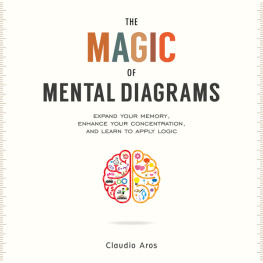
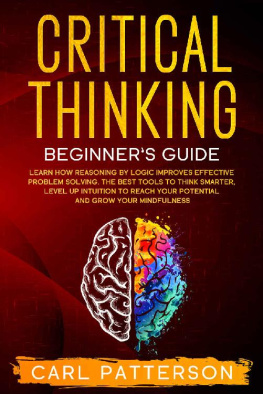

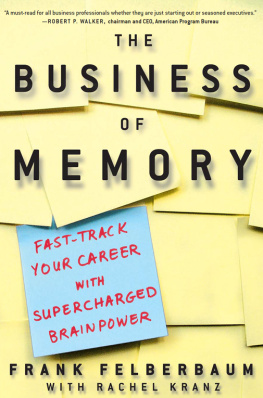

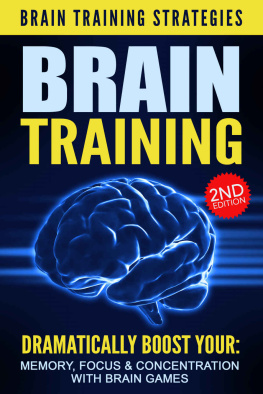
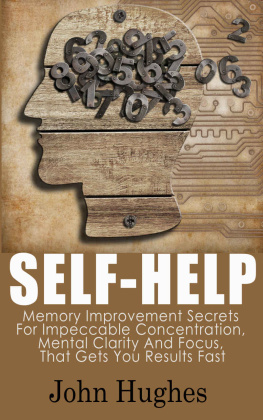
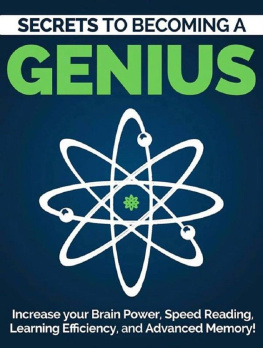

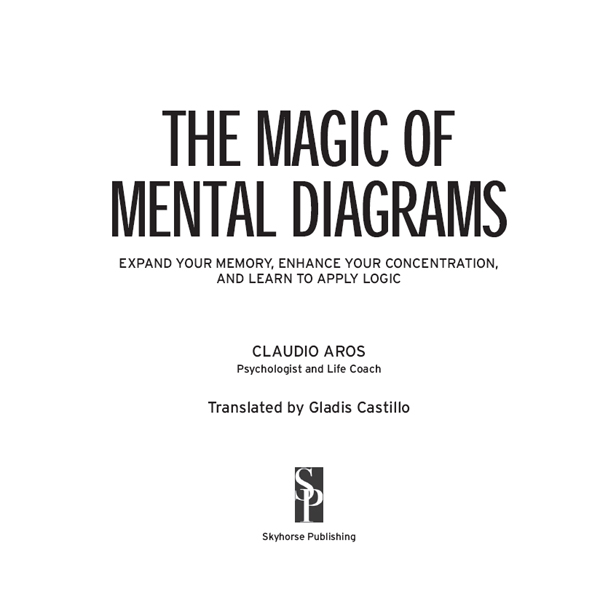


 School days
School days